
How To Enhance Your DIY Meat Probe with Voice Control Features
Every culinary enthusiast knows the importance of a perfectly cooked steak, and that’s where a meat probe comes in handy. But what if we could

Ever questioned if a meat probe could be your secret weapon for the perfect roast chicken? It’s a culinary showdown: the precision of a meat probe versus the traditional oven roasting method.
When it comes to cooking meat, particularly chicken, achieving the right internal temperature is key. This section delves into how a meat probe can make or break your roast chicken game, comparing its functionality with traditional oven cooking.
The meat probe works by measuring the internal temperature of the chicken, ensuring it’s cooked perfectly every time. This tool is a boon for chefs and home cooks alike, providing real-time temperature readings that take guesswork out of roasting.
However, relying solely on a meat probe requires a certain level of skill and understanding of meat’s cooking behavior, as it doesn’t account for factors like oven hotspots or uneven cooking. The probe’s sensor must be placed accurately in the meat’s thickest part, away from bone, to ensure an accurate reading.
This precision can significantly enhance the quality of your roast, guaranteeing that the meat is safe to eat, moist, and tender. The meat probe becomes especially crucial when cooking large cuts or whole birds, where visual cues can be misleading.
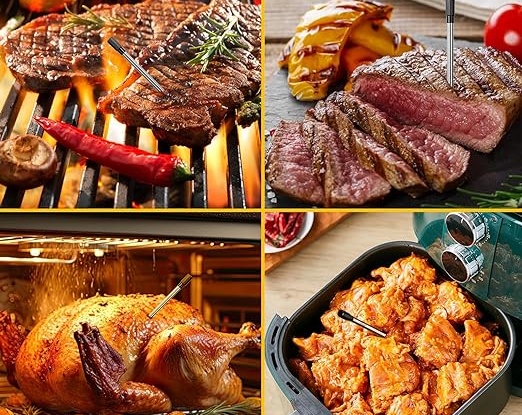
However, it’s worth noting that using a meat probe adds a step to the cooking process and requires some technical knowledge, such as understanding the ideal internal temperatures for different types of meat.
The meat probe not only ensures safety but also enhances the culinary experience by allowing the cook to achieve the desired level of doneness. Whether you prefer your chicken slightly pink at the bone or well-done, the probe gives you control to reach that perfect point.
Additionally, for those who love to experiment with different marinades and seasonings, the meat probe ensures that the internal cooking does not overshadow the external flavors. A well-calibrated probe can also be a lifesaver during busy holidays or dinner parties, ensuring every dish comes out perfectly cooked despite the kitchen chaos.
Using a meat probe ensures that your chicken isn’t undercooked or overcooked, safeguarding against foodborne illnesses while preserving the meat’s juiciness and flavor. The downside? It’s an additional gadget that needs handling and maintenance.
Plus, a meat probe can’t magically fix everything – it doesn’t change how heat circulates in your oven. It’s also important to consider the type of meat probe you’re using – digital, analog, or smart probes each have their pros and cons in terms of accuracy, ease of use, and cost.
A digital meat probe offers quick, precise readings, while an analog probe may require more time to provide an accurate temperature. Smart probes, connected to apps, can provide additional functionalities like
alerts and cooking history, but they also come at a higher price and may require more technical know-how. Despite these variables, the bottom line remains: a meat probe is an invaluable tool for those prioritizing precision and safety in their cooking, especially when dealing with poultry like chicken, notorious for its need for proper cooking to ensure food safety.
The limitations of the meat probe are, however, noteworthy. It’s an additional expense and requires proper care and maintenance. Over-reliance on technology can sometimes detach the cook from the intuitive aspects of cooking. There’s also the risk of the probe malfunctioning or providing inaccurate readings if not calibrated correctly or if used improperly.
This means cooks need to have a basic understanding of how these devices work and the ability to troubleshoot potential issues. Furthermore, the meat probe is just one part of the cooking equation; it doesn’t account for flavor development, browning, or the texture of the skin, which are equally important in a perfectly roasted chicken.
The oven has been a long-standing champion in kitchens. This section explores how it stacks up against the meat probe in delivering that succulent roast chicken.
An oven roasts chicken by circulating heat around it, cooking the meat evenly (in theory). It’s a more hands-off approach compared to constantly monitoring a meat probe. However, ovens can have temperature inconsistencies, and not all ovens are created equal – a challenge for those seeking the perfect roast.
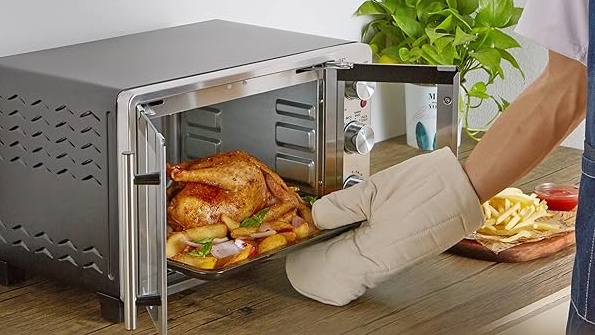
Convection ovens, which use a fan to circulate air, can offer more even heat distribution, but they may still have hot spots. Traditional ovens, on the other hand, may require manual rotation of the chicken to achieve even cooking. Understanding your oven’s characteristics is essential for optimal roasting.
The oven method is more than just a cooking technique; it’s an experience imbued with tradition. The anticipation of waiting for the chicken to slowly roast, the aroma filling the kitchen, and the visual pleasure of a beautifully browned bird can make oven roasting deeply satisfying.
Yet, this traditional approach does require more intuition and experience, as you rely on visual cues and estimated cooking times, which can vary based on the oven’s efficiency and the chicken’s size and type.
Oven cooking also allows for versatility in terms of cooking styles. Whether you’re roasting at a high temperature for crispy skin or slow-roasting for tender meat, the oven provides options. You can add vegetables or herbs to the roasting pan, letting the chicken’s juices add flavor to the entire meal.
The oven’s capacity to create a complete, one-pan meal is a significant advantage, offering convenience and simplicity. However, without the precision of a meat probe, oven roasting requires a keen eye and experience. The cook needs to be aware of how different factors – such as the type of chicken, its size, and the oven’s characteristics – affect cooking time and temperature.
While ovens offer convenience and a traditional cooking method, they lack the precision of a meat probe. Without the ability to accurately gauge the chicken’s internal temperature, there’s always a risk of over or undercooking.
However, for many, the familiar, straightforward nature of oven roasting is part of the home cooking charm. Oven roasting is about embracing the uncertainties and joys of cooking. It allows creativity – experiment with different temperatures, positions in the oven, and even the use of baking stones or trays to influence the cooking process. This method is ideal for those who enjoy the sensory experience of cooking – the sights, sounds, and smells.
The limitations of oven cooking, however, are notable. The lack of precise temperature control can lead to less consistent results, especially for inexperienced cooks. Overcooking, which can lead to dry, tough meat, is a common pitfall.
Moreover, different ovens have varying performance levels, making it challenging to follow recipes exactly. Despite these challenges, oven roasting remains a beloved, traditional method for many, offering a sense of comfort and nostalgia in cooking.
It’s about the overall experience – the ritual of preparing the bird, seasoning it, and then patiently waiting as it cooks to perfection, filling the kitchen with enticing aromas. This traditional method, while it may lack the precision of modern gadgets, brings its unique charm and satisfaction, particularly on special occasions and holidays.
For those who love the art of cooking, the oven offers a canvas for culinary creativity. The versatility of being able to roast, bake, or broil in one appliance makes the oven a cornerstone of the kitchen. It’s a tool that, despite its drawbacks, has stood the test of time, continuing to be a central part of cooking traditions around the world.
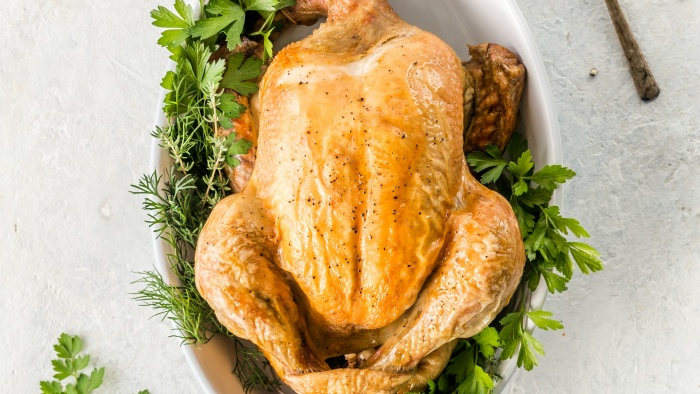
In the culinary battle of meat probe versus oven for the best roast chicken, the winner depends on your personal cooking style. If precision and safety are your top priorities, a meat probe is your go-to tool. It offers the assurance of perfectly cooked meat, tailored to your preference.
However, if you’re drawn to the traditional art of cooking, embracing the nuances and surprises that come with oven roasting, then the oven is your faithful companion.
Ultimately, both methods have their unique charm and can yield delicious results. The meat probe offers modern precision and safety, taking the guesswork out of cooking and ensuring a perfectly cooked chicken every time.
On the other hand, oven roasting is about embracing the traditional aspects of cooking, enjoying the process, and relying on experience and intuition to achieve a delicious meal.
Why not experiment with both and see which one aligns with your culinary spirit? Whether it’s the high-tech route with a meat probe or the classic oven method, the path to a mouth-watering roast chicken is at your fingertips.
Each method has its place in the kitchen, and the best choice may just be to use them in tandem – utilizing the meat probe for precision and the oven for its traditional roasting capabilities. Happy cooking!


Every culinary enthusiast knows the importance of a perfectly cooked steak, and that’s where a meat probe comes in handy. But what if we could

When it comes to cooking perfection, a meat probe is an indispensable tool for any chef or home cook. But in the world of meat
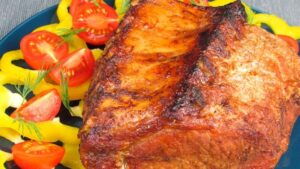
The moment you bring a meat probe into your kitchen, it’s not just about cooking anymore; it’s about precision, about transforming an ordinary meal into
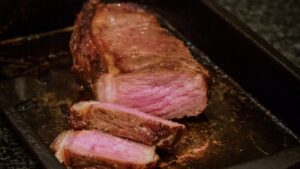
Creating a meater probe isn’t just about technical prowess; it’s also an opportunity to express your style and creativity. A well-designed probe not only functions
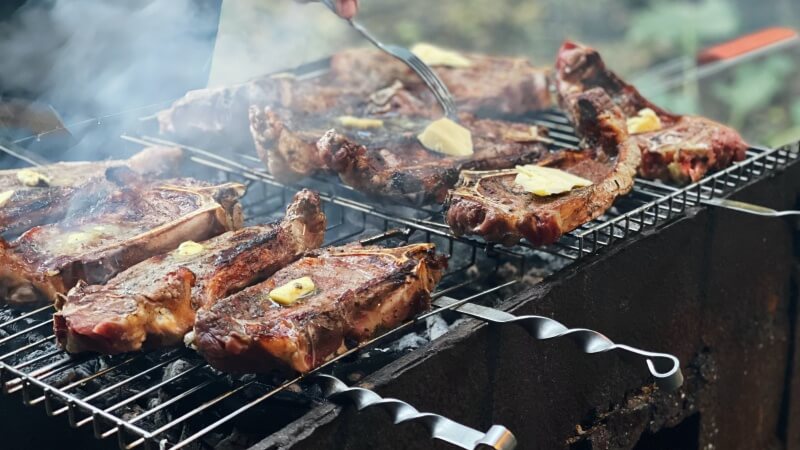
Every culinary enthusiast knows the importance of a perfectly cooked steak, and that’s where a meat probe comes in handy. But what if we could

When it comes to cooking perfection, a meat probe is an indispensable tool for any chef or home cook. But in the world of meat
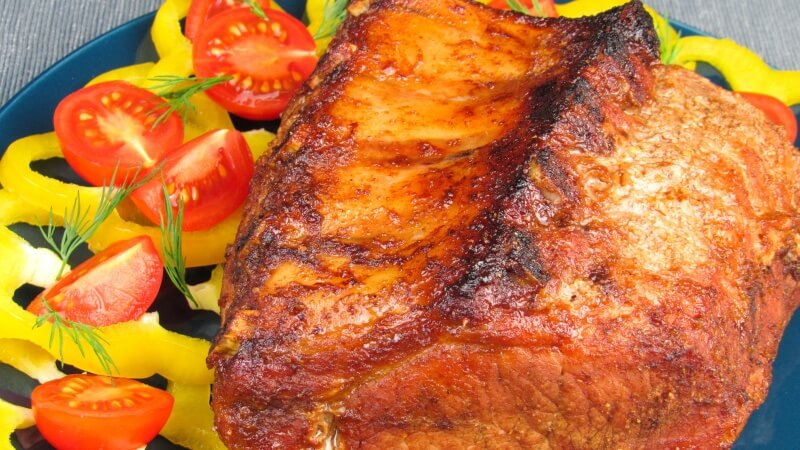
The moment you bring a meat probe into your kitchen, it’s not just about cooking anymore; it’s about precision, about transforming an ordinary meal into

Ever questioned if a meat probe could be your secret weapon for the perfect roast chicken? It’s a culinary showdown: the precision of a meat
Copyright © 2024 meaterprobe. All Rights Reserved.